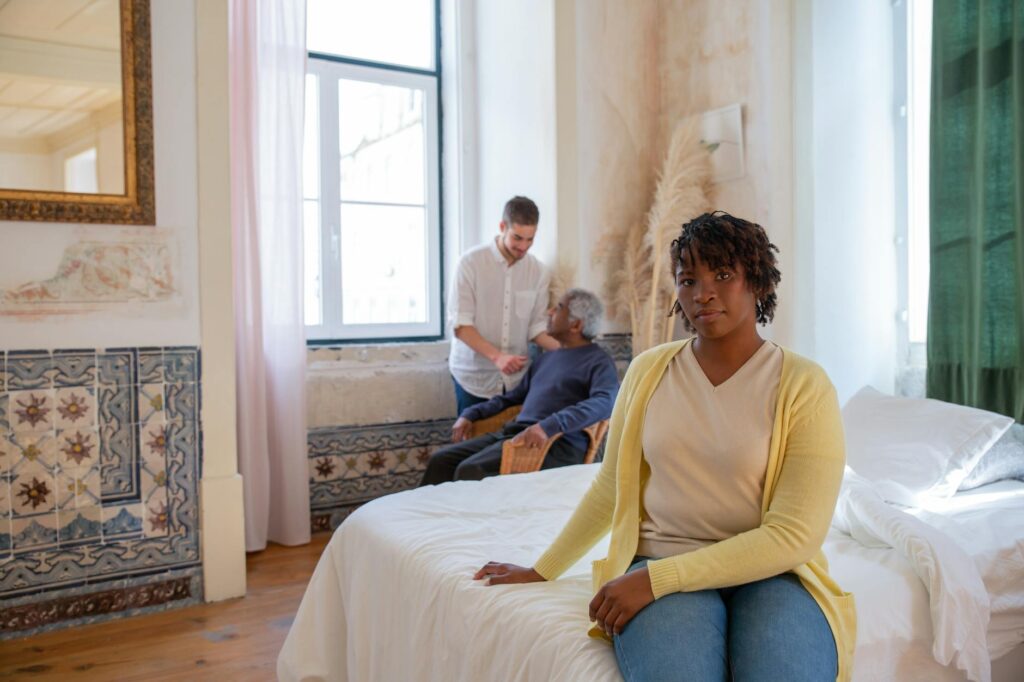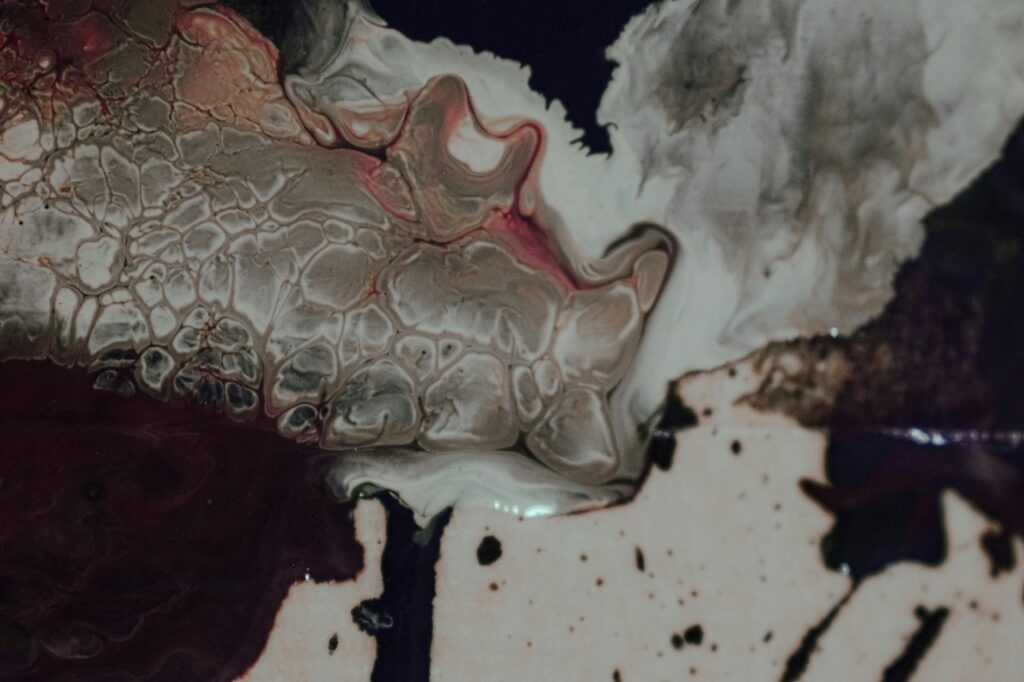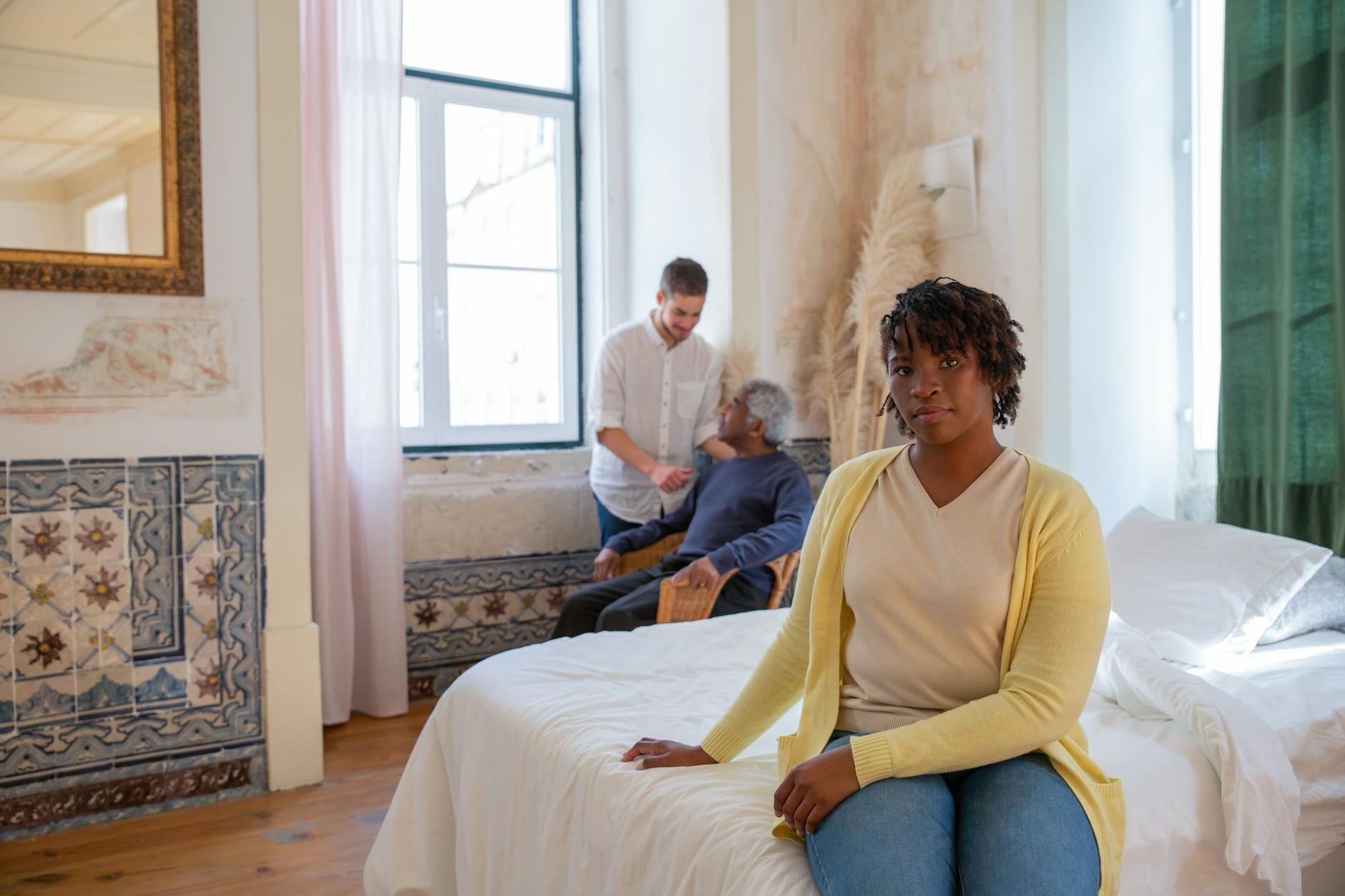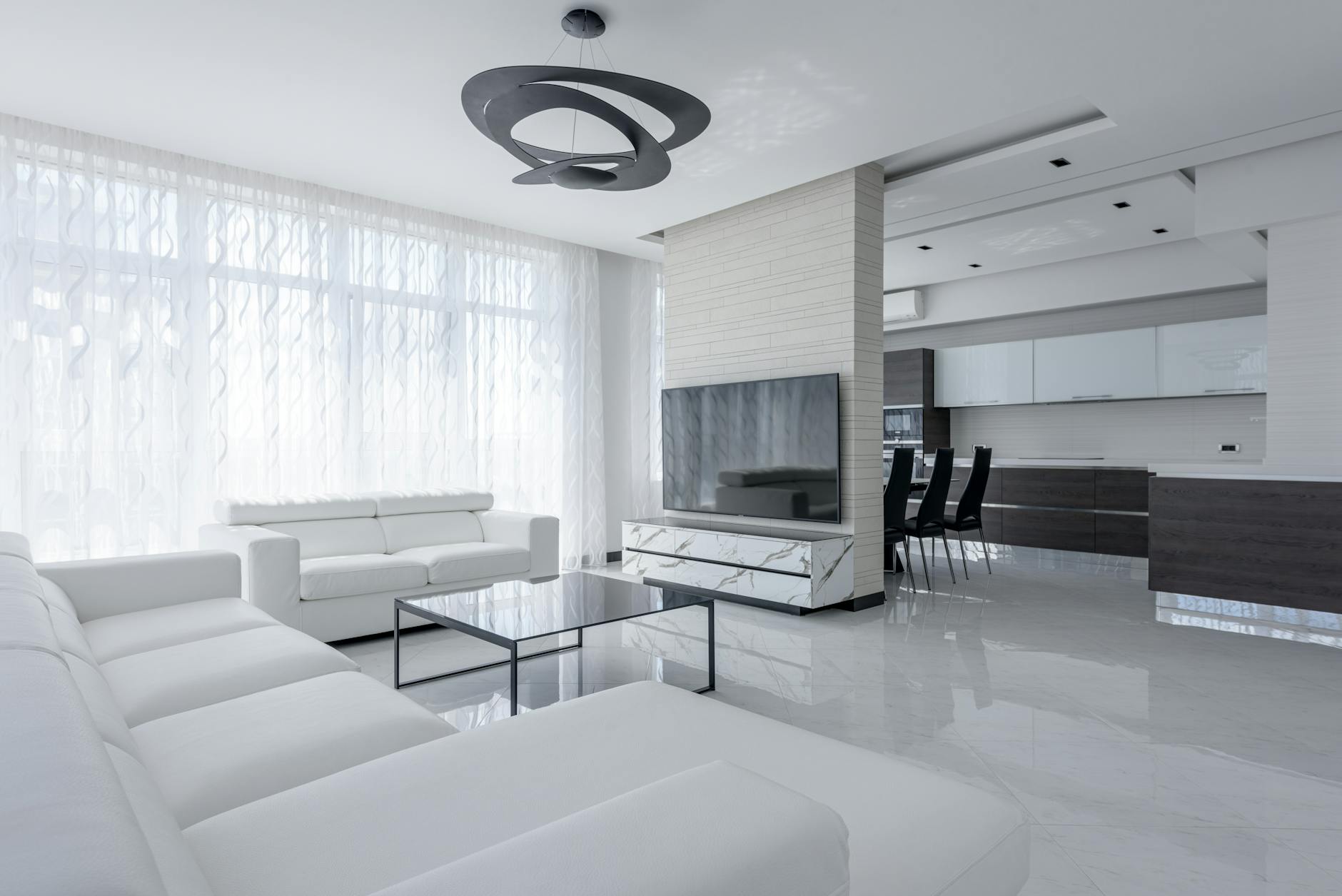Mixing patterns in interior design can elevate a space from bland to bold, but it requires a thoughtful approach. Done incorrectly, it can quickly become overwhelming. This guide will provide you with the essential tips and tricks to successfully mix patterns and create a cohesive and stylish room.
Understanding Pattern Scale
The key to successful pattern mixing lies in understanding scale. Combining patterns of varying sizes – large, medium, and small – creates visual interest and prevents monotony. Think of a large floral print on a sofa, paired with medium-sized stripes on cushions, and small geometric patterns on accessories. 
The Power of Color Palettes
Sticking to a consistent color palette is crucial when mixing patterns. Select 2-3 dominant colors and use different patterns that incorporate these shades. This creates a sense of unity, preventing the room from looking too busy. For example, a palette of navy, cream, and blush pink can be beautifully expressed through various patterns. Learn more about choosing the right color palette.
Playing with Pattern Types
Experiment with different pattern types, but keep a sense of balance. You can mix geometric patterns with florals, stripes with polka dots, or abstract prints with damasks. However, avoid using too many drastically different types at once. 
Repeating Elements for Cohesion
To maintain a sense of order, repeat certain design elements across your patterns. This could be a recurring color, a similar shape, or a consistent line thickness. This subtle repetition will tie everything together, creating a harmonious look. Check out these examples of repeating elements.
The Rule of Three
A simple yet effective guideline is the rule of three. Choose three patterns that complement each other in terms of scale, color, and type. This approach allows for visual complexity without feeling overwhelming. 
Consider Texture
Don’t underestimate the power of texture. Incorporating various textures can add depth and interest to your pattern mix. For example, combine a smooth silk cushion with a chunky knit throw. This textural contrast can prevent the patterns from feeling flat. Read more about adding texture to your home.
Start Small and Experiment
If you’re hesitant to fully commit, start small. Begin with a single feature wall or a small corner of the room, experimenting with different pattern combinations. This will allow you to see how the patterns interact before committing to the entire space. Find inspiration for small pattern experiments here.
Neutral Anchors
Use neutral-colored backgrounds or solid pieces to anchor your patterned elements. This prevents the room from feeling too visually chaotic. A solid-colored sofa or rug can provide a stable foundation for more adventurous patterned accessories. [IMAGE_4_HERE]
By following these tips, you can confidently mix patterns and create a stunning, stylish, and harmonious space. Remember, practice makes perfect, so don’t be afraid to experiment and find what works best for your personal taste and home décor style. Discover more pattern mixing ideas here.
Frequently Asked Questions
What if I mix too many patterns? If you feel your room is too busy, try simplifying. Remove one or two patterns, or introduce more solid-colored elements to create balance.
Where can I find more inspiration? Browse interior design magazines, websites, and social media platforms like Pinterest and Instagram for countless ideas.
Can I mix patterns in a small room? Yes, but choose smaller-scale patterns to avoid overwhelming the space. Use light and airy colors to maximize the feeling of openness.
What are some good patterns for beginners? Stripes and simple geometric patterns are excellent starting points. They’re easy to mix and match.
How do I know if my patterns clash? If the patterns create visual dissonance or discomfort, they likely clash. Trust your instincts!





